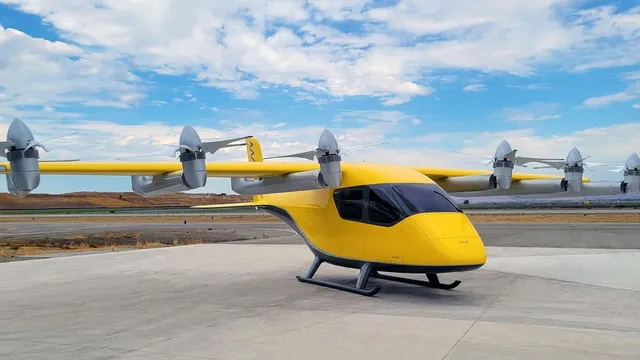The Texas city of Sugar Land aims to be the first base in a network of eVTOL air taxi services in the Greater Houston area under plans announced last week with Wisk Aero. Recently, city officials signed a partnership with the Boeing subsidiary to select a location at Sugar Land Regional Airport for a vertiport that could be used by Wisk’s autonomous eVTOL aircraft.
According to Wisk, its role in initiating advanced air mobility operations in the city—which is 20 miles southwest of downtown Houston—could lay the groundwork for similar facilities to be established in other parts of a metro area that has a population of 7.3 million. The company, which is exhibiting this week at Heli-Expo 2024, will provide technical leadership, while city officials handle planning, policy work, and community engagement.
“The Greater Houston area is experiencing some of the highest population growth in the country, which calls for new and efficient ways to move across the region,” said Wisk CEO Brian Yutko. “Sugar Land’s strategic location within the Greater Houston region, and its forward-thinking city leadership, make it an ideal partner for us and one that is uniquely positioned as an early leader in the launch of air taxi services. We look forward to working with Sugar Land, local ecosystem stakeholders, and the FAA on both ground and air infrastructure as we bring autonomous air taxi services to the Greater Houston region.”
California-based Wisk is aiming to achieve the first flight of its four-passenger Generation 6 eVTOL as it strives for certification of the autonomous aircraft by the end of the decade. The company started flying the first iteration of its aircraft in 2010 and has since logged at least 1,750 flights.
According to Wisk, there will be space for carry-on and personal items in the four-passenger vehicle. Like helicopters, it will operate at altitudes of around 2,500 to 4,000 feet. It will have a range of 90 miles, including reserves, at speeds of 110 to 120 knots.
The company intends for a multi-vehicle supervisor to monitor the autonomous flights and work with air traffic control. Plans call for certification of the aircraft for IFR operations.
While Wisk is targeting the end of the decade for certification, achieving that goal will depend on acceptance from the authorities. The company has worked with the FAA on autonomy as well as with other authorities and maintains that all have such operations in their plans.






